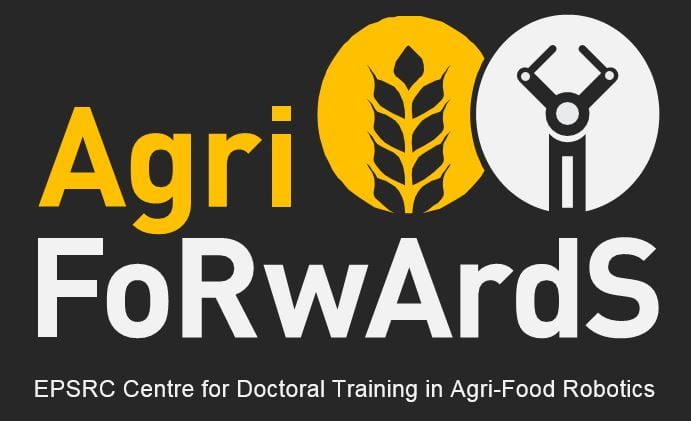On the 5th September, AgriFoRwArdS CDT students from Cohort 3 visited Riseholme Park Farm, part of the Riseholme Campus, to complete their Introduction to Agriculture Day 2 training.
This training formed the concluding companion training day to the first Introduction to Agriculture Day: Soils and Weeds training day, that took place earlier in the year. This second training day focused on the role of the Pastural farm and its annual farm cycle.
Agenda
The location of the training was at the wonderful Riseholme Campus. This training session took place in the Old Riseholme Hall within the Holland Room. The day was split into two sessions, morning and afternoon.
The morning session focused on reviewing what we had discussed in the first introduction training day (soils and crops), and the afternoon session focused on a farm visit and walking tour of the Riseholme farm facility. For lunch, a takeaway lunch box was provided at midday which students were free to eat and sit within the grounds.
Morning Session
The morning session was given by Dr Oorbessy (Reshmi) Gaju, and started at 10:00. The session recapped the previous agriculture training day by discussing different cover crop types and agronomist factors governing crop yield in agriculture. The group had the chance to have an interactive discussion about the importance of soils, the role of crop rotations and the impact of climate change, the name a few topics. The group also discussed some of the definitions that are used within agriculture, for example, what exactly is a crop and where and why these lines are drawn. For example, could a crop be a forest or does it refer to edibility or even profitability of produce?
The group then progressed to discuss the role of pests within the crop ecosystem and how these are managed via rotations or pesticides, and also the role that climate change will play (new pests or the absence of some predators). These were interesting discussions which provided a broad aspect to the session.
The morning session lasted around one and a half hours and lunch arrived exactly at midday for everyone to enjoy around the Riseholme estate. Several students took the chance to go wondering and explore new areas they had previously not had the chance to investigate. This gave the group around one hour before the afternoon session would start at 13:00.
Afternoon Session
The afternoon session was kicked off by Alexandra Foxley-Johnson. Alex met the group outside the old Riseholme Hall at 13:00. Once everyone had introduced themselves, Alex started us off on a walking tour from the old Hall entrance, heading towards the Riseholme Park Estate.
Although this was a familiar walk for several of the students, Alex introduced a new perspective to the scenery and surrounding landscape and shared all of the initiatives that were taking place to help shape the farm. This was pretty fascinating and ranged from grounds management to tracking and identification of what animals are inhabiting what locations.
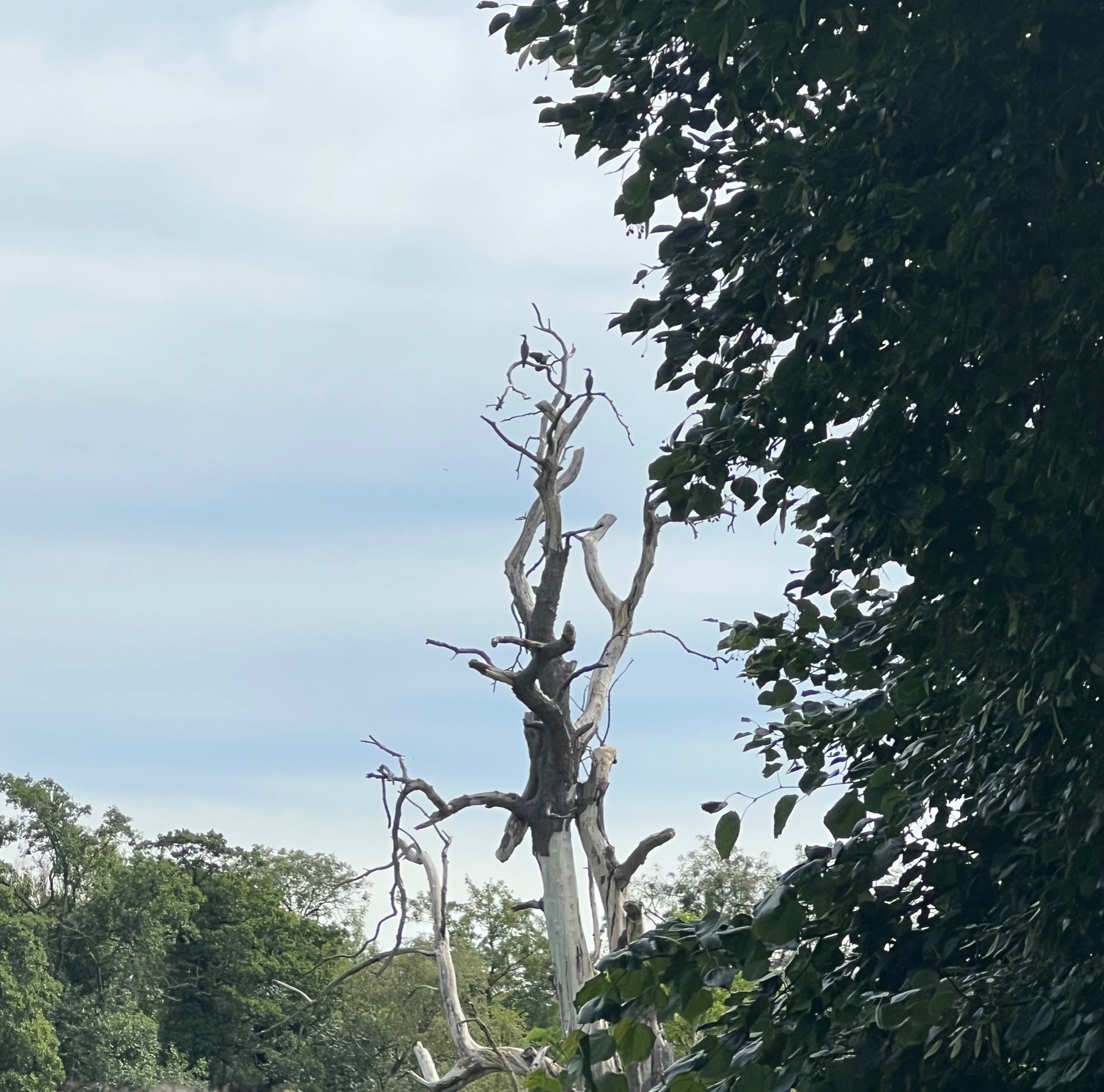
At the very start of the walking tour the group passed the Riseholme lake where several cormorants have been spotted. These are mid to large size birds and they are excellent divers. Several cormorants could be seen in the trees, but also along the edge of the lake.
On the right hand side in an adjacent field, was a small flock of Lincoln Longwool sheep. The Lincoln Longwool is a the largest native sheep with a mature ram weighing in the region of 120-150kg. Lincoln Longwoool are a dual purpose breed and can be bred for both meat and wool. The sheep the students could see, did not have much wool (!) but in a further field later on in the day there were two very handsome Longwools and they looked pretty great, especially when they ran!

As the group approached the entrance to the Riseholme Park Farm, at the rear of the lake there were further grazing sheep. However, to the knowing eye this land offered much more. Alex described that this area was an old village settlement and is Grade 2 listed. On closer inspection you can see the undulations defining the structures. There are limitations on the amount of time it can be grazed as well as used. Seeing the Riseholme Campus from this perspective really put into view its history and the trajectory from its original use as the Bishop of Lincolns residence in 1840, to its current use as a world class research and training facility in agri-tech robotics.
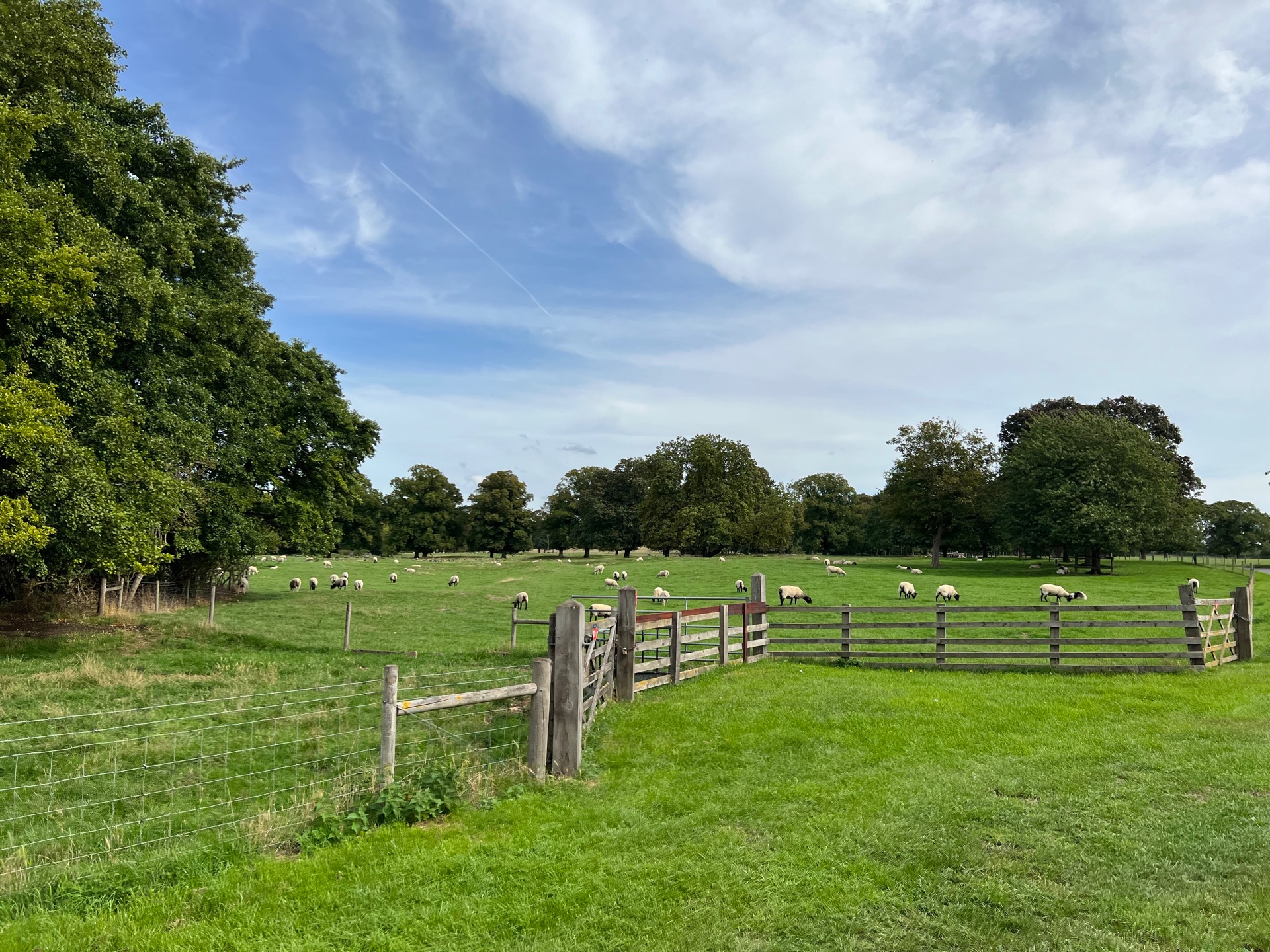
Once the group had neared the Riseholme Park Farm, Alex introduced us to Lizzy Wells, Assistant Farm Manager of Riseholme Park Farm. Lizzy has a significant breadth of knowledge in all types of farming and animal welfare.
For the first part of the tour, Lizzy introduced everyone to the Roundhouse. This is where the livestock are kept to help promote social interaction in a safe and monitored environment. The Roundhouse is the highest level of animal welfare housing available today, and allows inspection, monitoring, management, separation and interaction between all of the stock. A key component of this is its ability to manage air flow, of which it has a complete air change every 40 seconds, ensuring a healthy environment. This was very evident as there were zero smells and very calm animals which is a great sign.

The next stage of the tour the group entered into the Roundhouse and walked onto the mezzanine. This mezzanine allows viewing across all sections of the Roundhouse and permits secure entrance and egress for animals underneath the mezzanine. This means that livestock can be moved independently but securely to the ‘crush’ (an area where the animals are secure and can be inspected), as well as in and out between segments. Within the Roundhouse there were several breeds of cows including the Lincoln Red as well as some crosses such as the Lincoln Red cross British Blue (crossing can give a little bit better fattening and shape when fed on grass as apposed to silage – this reduces overall costs to the farm as good silage is very expensive. They are also slightly darker in colour).
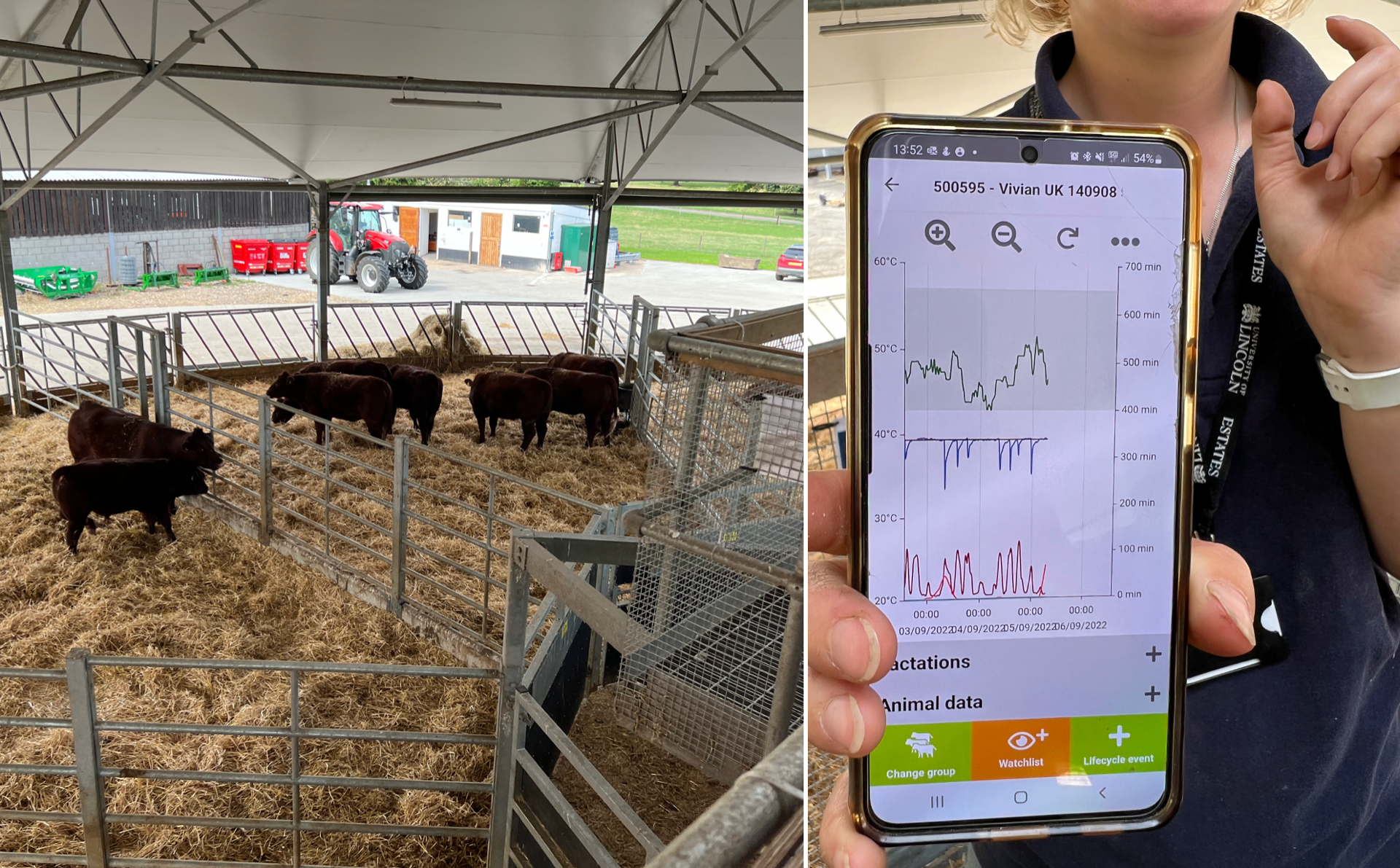
Lizzy also demonstrated how technology and the use of big data is beginning to shape their processes and allow them to improve welfare for individual animals and across the whole farm. One example was SmaXtec, an app used in conjunction with a rumen bolus sensor that measures direct and high accuracy measurements from inside the cows, from within the reticulum. The boluses are administered once and are completely maintenance-free. Data such as hydration, movement, body temperature are all available in real time and permit notifications if anything goes beyond defined parameters. This data, along with further information that is being collected manually, such as weight, number of off spring etc, is then combined to create a deep profile of each animal to improve their general welfare.
The next leg of the tour took the group to the new Lambing Shed. The lambing shed is an area where sheep can stay under cover but also provides enough room so when lambing takes place, they can be moved to a separate area to ensure the health and safety of the mother as well as the rest of the flock.
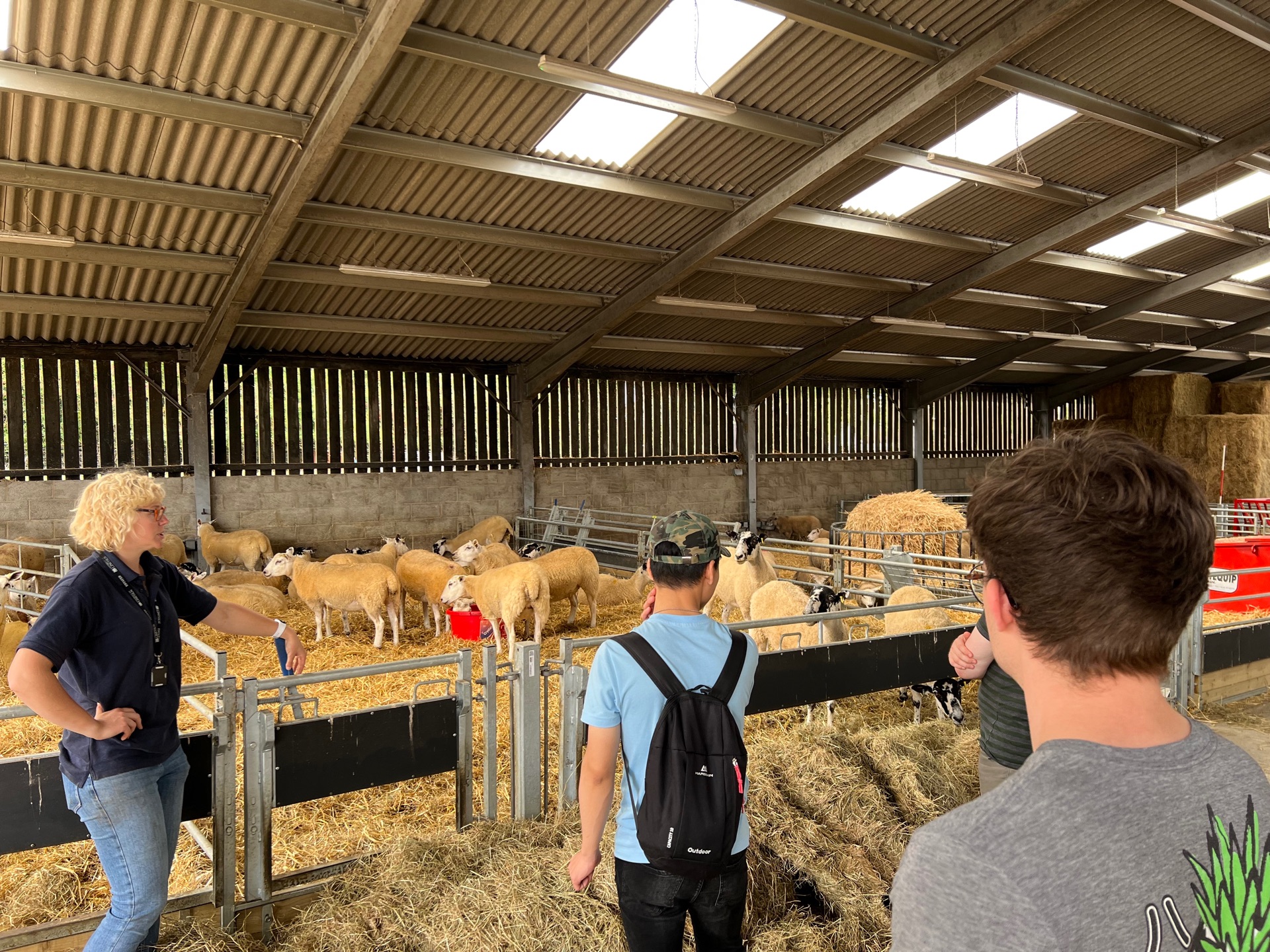
As the group come to the end of the training day, they were treated to one last activity which was a ride on the GPS automated tractor, the Case IiI 135 farm tractor fitted out with GPS using RTK technology.

Everyone was able to see a demonstration from the inside and to get a sense of how it feels when the GPS Technology takes over to drive in a straight line. Although this technology has been discussed many times in literature, it is pretty wild to actually feel it in operation and see hands off operation (although a driver is always present). This activity closed off the day and was enjoyed by all.
Emlyn Williams (Cohort 3 student) said of the second training day:
The day was really useful. It was good to see how Riseholme Park Farm are using technology and best practices to improve animal health and welfare.
A star of the day that we did not get the chance to meet was Jess the sheepdog, who belongs to Matt Bagley, Riseholme Park Farm and Estate Manager. Here is an obligatory picture!

Riseholme Farm Produce
If you wondered if you could buy some produce from Riseholme Farm then look no further. Go check out their locally sourced boxed lamb and, for the first time, Lincoln Red beef from Riseholme Park Farm which is all available to order from here.
A huge thank you to Dr Oorbessy, Alex and Lizzy for their time making the second Agricultural Train Day such as memorable session. It was really exciting to actually get some further hands on experience from actual practionioners and hear what their work is like day to day to help inform our further research.
Do you want to get involved in the CDT?
If you are interested in learning more about what we do and if you share a passion for agriculture and technology then go to our AgriFoRwArdS CDT website to see more about our research, how you can be involved and how to apply to be a student in the program.
